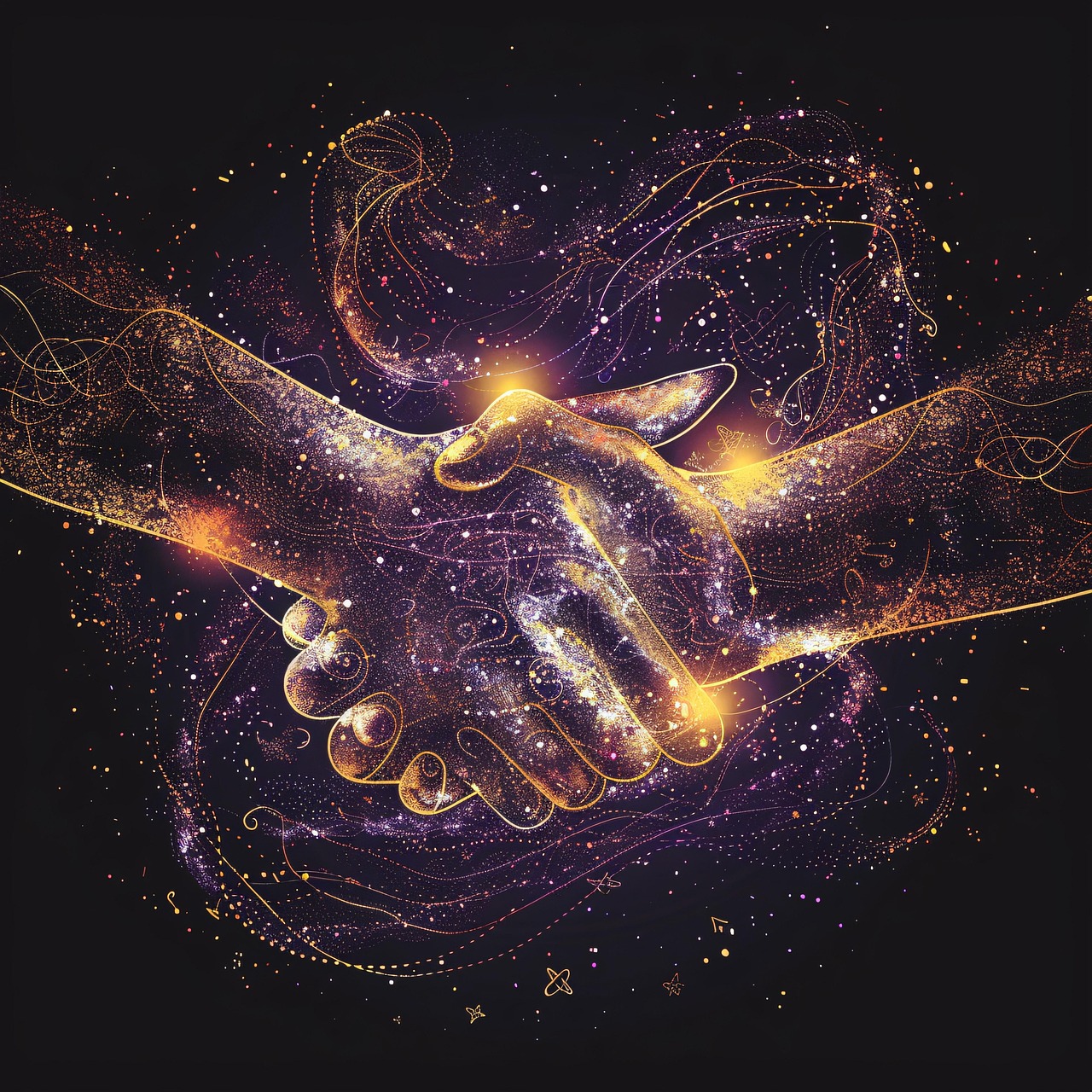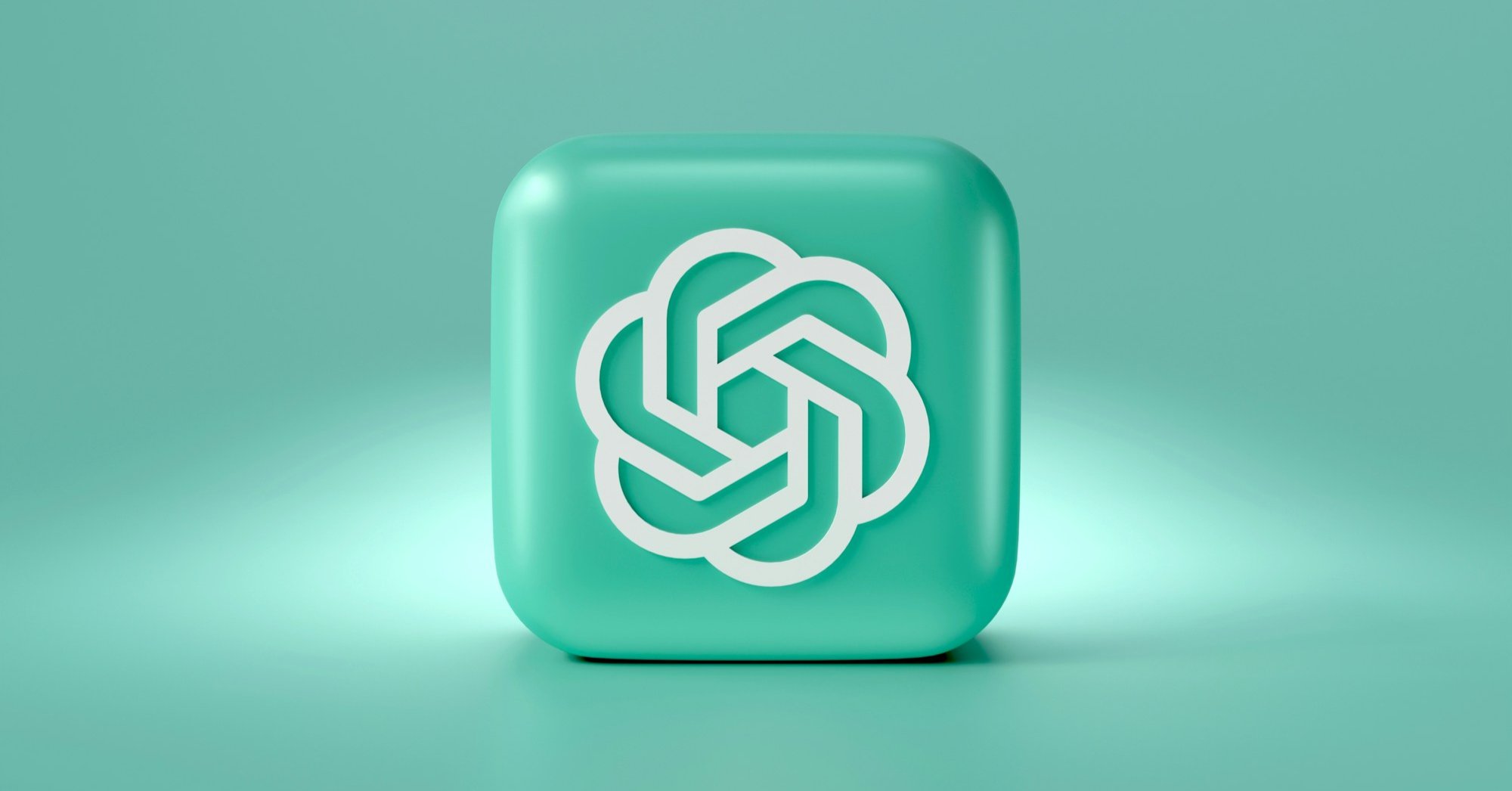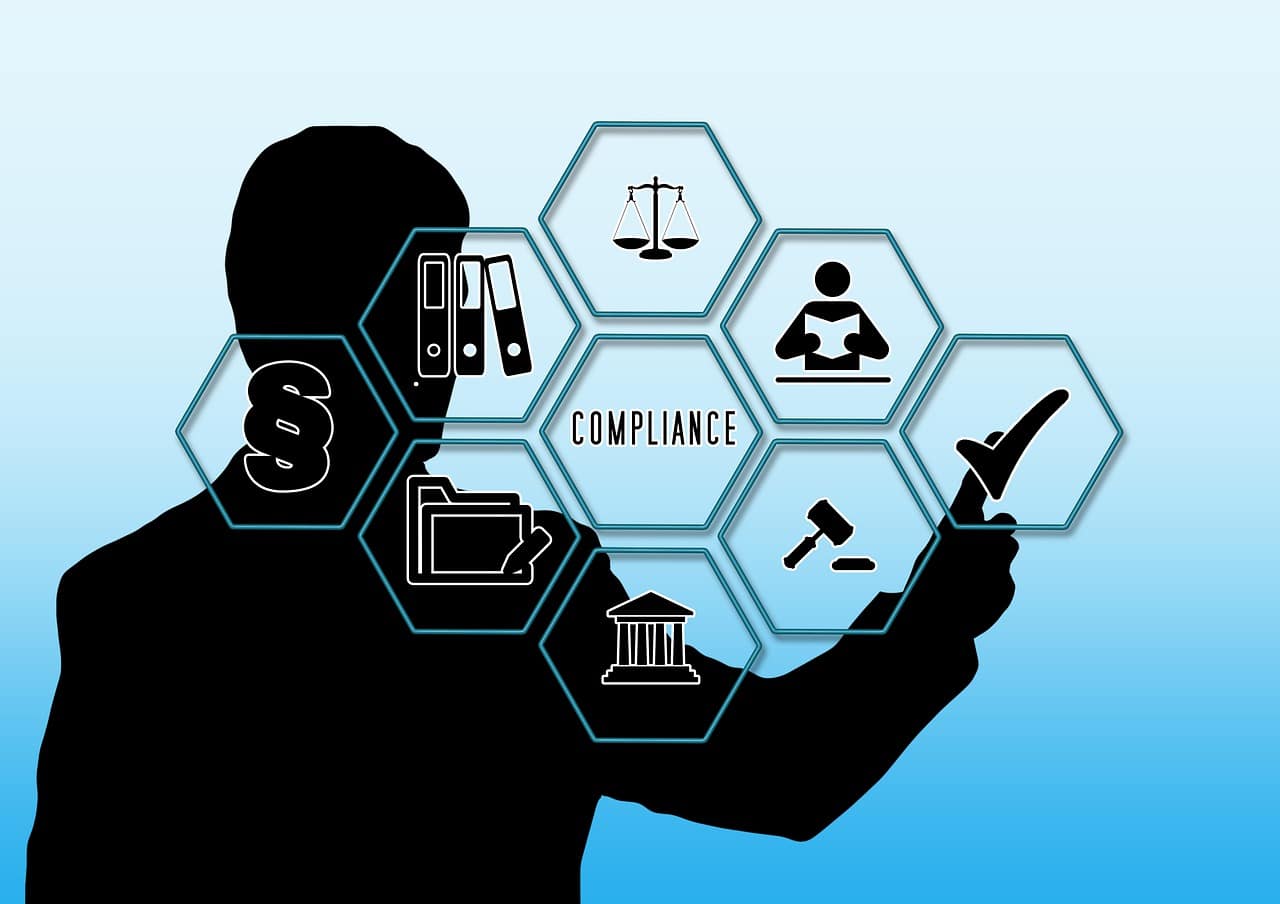If you are concerned about artificial intelligence (AI) taking your job, you’re not alone. Surveys have found that 52% of workers are concerned about the impact of AI systems on their workplace. However, when properly implemented, AI can work in concert with humans to outperform either alone, making for more effective and more satisfied employees as part of increasingly integrated human-AI teams.
Governance, risk and compliance (GRC) is a complex area that involves many divergent tasks. This makes GRC a major target of AI innovations. The technology has gone from assisting with basic functions like documentation to true human-AI collaboration across all plausible GRC roles, serving as a reflection of the technological advancements shaping enterprise decision-making processes today.
Learn more about the convergence between AI and GRC, what tasks are best for technology, which jobs need a human touch, and how hybrid collaboration between AI and humans is the way of the future.
What Is Human-AI Collaboration?
This type of collaborative AI— often called collaborative intelligence— blends the precision of automation with human context and judgment. Maintaining trust in AI requires ongoing human oversight, ensuring recommendations align with ethics and strategy while adhering to emerging standards in AI ethics and trust and safety.
The top types of AI for GRC include:
- Natural language processing (NLP): Compliance teams use NLP to read and decipher long, complex documentation such as contracts, industry regulations and audit trails.
- Machine learning (ML): GRC professionals use machine learning algorithms to study and identify patterns from past GRC data and make appropriate enhancements, designate risk levels and point out red flags.
- Task-specific algorithms: GRC teams use these algorithms to build risk test plans, review risk control frameworks and verify the accuracy and significance of new evidence.
- Large language models (LLMs): GRC teams deploy large language models such as GPT-4 and other generative AI tools to manage various writing projects, such as drafting risk statements and policy updates or recapping meeting notes.
Implementing AI in GRC is no longer a nice-to-have but an essential process for modern companies. However, you must have a well-thought-out execution strategy to achieve optimum results. When integrating AI systems into governance workflows, it’s crucial to define clear boundaries for human-AI collaboration to maintain both efficiency and accountability.
It’s true that humans must always be at the tail-end of GRC decision-making. However, there are categories of tasks that AI can complete alone with little or no human input. At the same time, there are certain sensitive GRC processes that humans should initiate and complete. And if they use AI, it should be when there’s a proper AI governance program in place. It’s also important to avoid any shadow AI risks of workers using unapproved AI software by clearly laying out the appropriate technology for tasks and establishing controls for data privacy across all AI-driven systems.
Designating GRC tasks from the outset avoids these issues. To do so effectively, you must understand the different processes that AI or people fit best, and when AI-human collaboration is ideal to uphold.

When AI Is the Best Fit
Advanced AI tools can assist in all areas of GRC, especially for modern companies looking to navigate complex, everyday governance tasks. While it’s up to individual companies to designate specific tasks, the ideal AI use cases for governance include:
- Scanning internal policies to assess adherence with the latest regulatory updates
- Reviewing legal and corporate contracts in bulk
- Flagging potential misconduct in a company’s internal systems
- Supporting corporate executives to track team processes, market data and industry and external events
- Summarizing board meeting discussions
Risk management tasks are heavily tech-driven, thanks to today’s AI-powered risk management systems. This means many functions can use some form of AI, depending on how developed your internal risk management system is. Strong AI use cases for risk management include:
- Monitoring fraud and suspicious activities
- Predicting supply chain logjams
- Verifying third-party paperwork
- Monitoring unusual user behavior across internal systems
Compliance requirements are often complex due to the overflow of changes and amendments aiming to improve the compliance landscape. It makes compliance tasks highly data-driven and dependent. These compliance functions are a good fit for AI use:
- Organizing and optimizing unstructured data
- Monitoring and testing internal controls continually
- Mapping compliance policies across different frameworks
- Compiling and generating compliance reports
When People Are Ideal
While AI has many strengths, human GRC professionals are best suited to handle tasks in the following situations:
- When emotional intelligence and human judgment are required to complete sensitive GRC tasks, such as handling customer complaints or negotiating with vendors.
- When there is an insufficient volume or quality of data, you need a human to assess the accuracy and relevance of information before making decisions.
- When there are any legal, ethical or privacy concerns regarding access and use of customer data. For instance, you may not trust AI with customers’ bank information unless there’s a person overseeing and restricting access and use to protect data privacy and uphold AI ethics.
- When there’s process ambiguity, you need an experienced GRC professional to design a roadmap for implementation in line with your company’s values, culture and regulatory standards.
- When GRC tasks pose high risk and consequences for your organization or your customer’s company. This includes tasks such as analyzing potential risks caused by factors like geopolitical shifts or system upgrades and new installations.
This human oversight is particularly vital in leadership roles where ethical and strategic decisions must guide how AI systems are applied in compliance and risk management.
By default, human professionals should take over GRC tasks whenever data quality is questionable and in new scenarios like adopting a new governance framework. AI requires accurate data to deliver precise results. This means a human must verify data accuracy first before handing it over to or using AI to complete any GRC task.
Getting the Most Out of Humans and AI Together
There can be friction getting the best of AI-human collaboration, especially in the early implementation stages. However, companies can avoid unwanted situations by planning early. To effectively support people and technology working in concert calls for:
- A well-established system of verifying data quality for artificial intelligence
- GRC professionals well-trained to use AI effectively
- An AI governance framework compliant with the most recent regulatory standards
- An active cross-functional AI governance committee that designs and implements codes and standards for AI-human collaboration and AI governance programs.
Achieving the best results from human-AI collaboration requires clear team processes that define roles and ownership. Organizations embracing collaborative intelligence— where humans and AI systems continuously learn from each other— build stronger, more adaptive programs. This kind of collaborative AI mindset transforms technology from a tool into a trusted teammate.
Ultimately, achieving and sustaining seamless human-AI collaboration in completing GRC tasks is a continuous journey that requires constant fine-tuning as both technology and market trends evolve.
Onspring Can Help You Design a Winning Human-AI Collaboration Framework
Creating an effective and sustainable human-AI collaboration framework is no easy task, especially for first-timers. You need a reliable action plan to guide you to make the right moves, from choosing the best-fit artificial intelligence platform and tech to team training and scaling. Fortunately, you can count on our expertise to help you design a modern AI systems framework customized to your company’s GRC needs.
Onspring has been the top GRC software in Info-Tech Research Group’s Leader Quadrant for five years running. The Info-Tech Research Group data quadrant evaluates and ranks products based on feedback from IT & business professionals — real end-users — and compares that feedback to all other category vendors.
For more information, download our e-book on integrating AI into your GRC platform, or request a demo today to experience Onspring’s artificial intelligence prowess firsthand.




